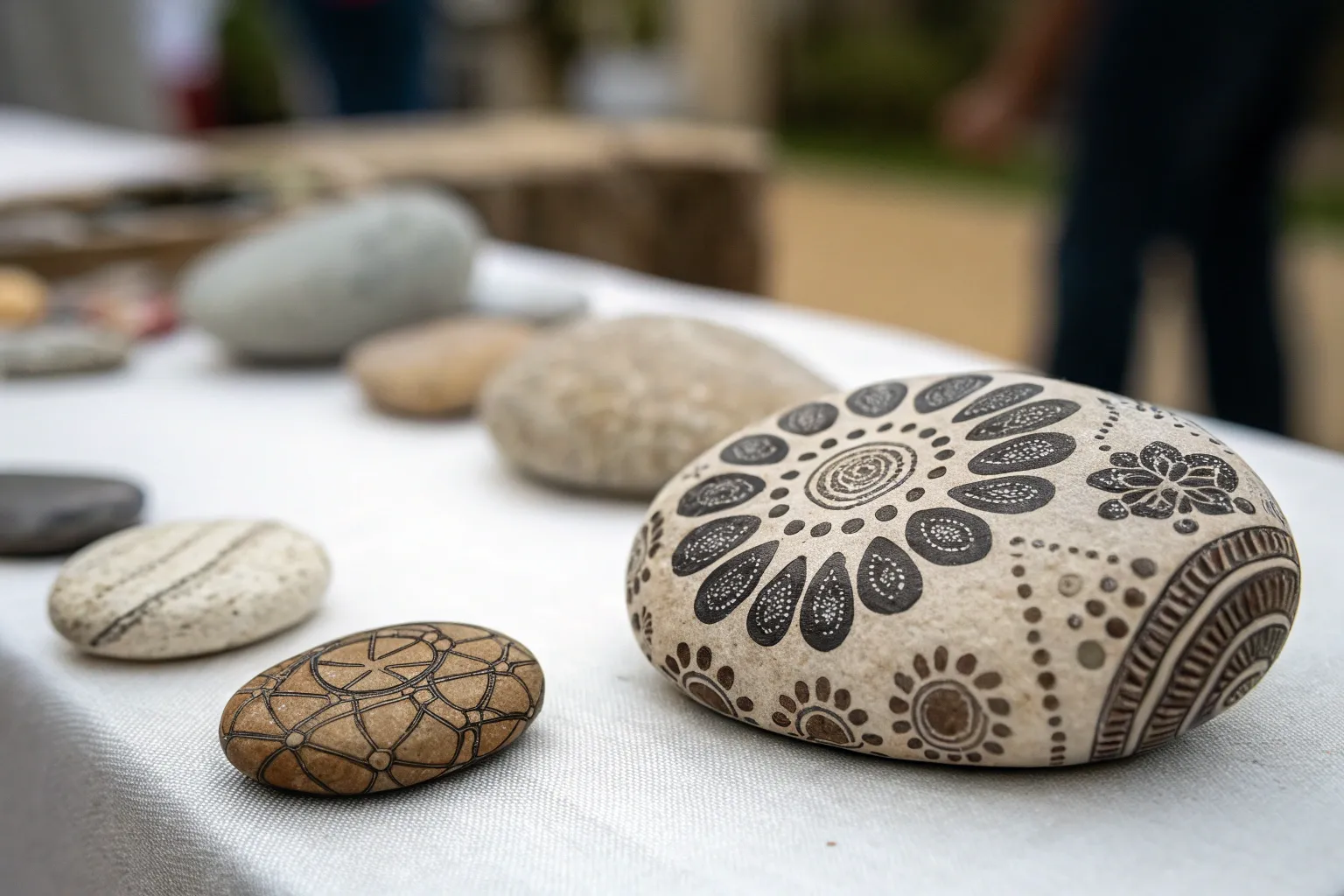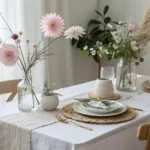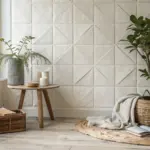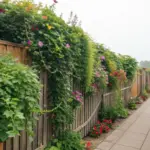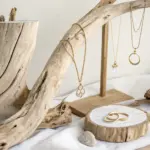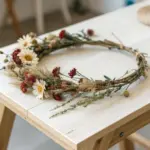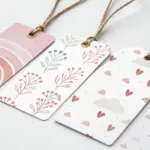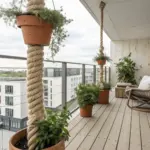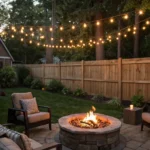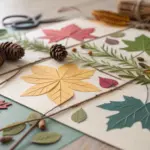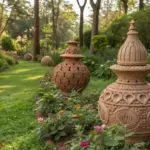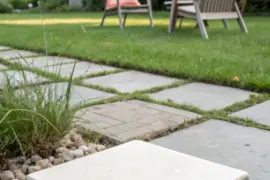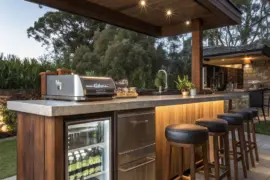Transform ordinary stones into charming, functional home accessories that serve double duty in your living spaces. These painted pebbles offer an elegant solution for both indoor entertaining and garden organization while adding artistic flair to your home decor.
Understanding the Basics
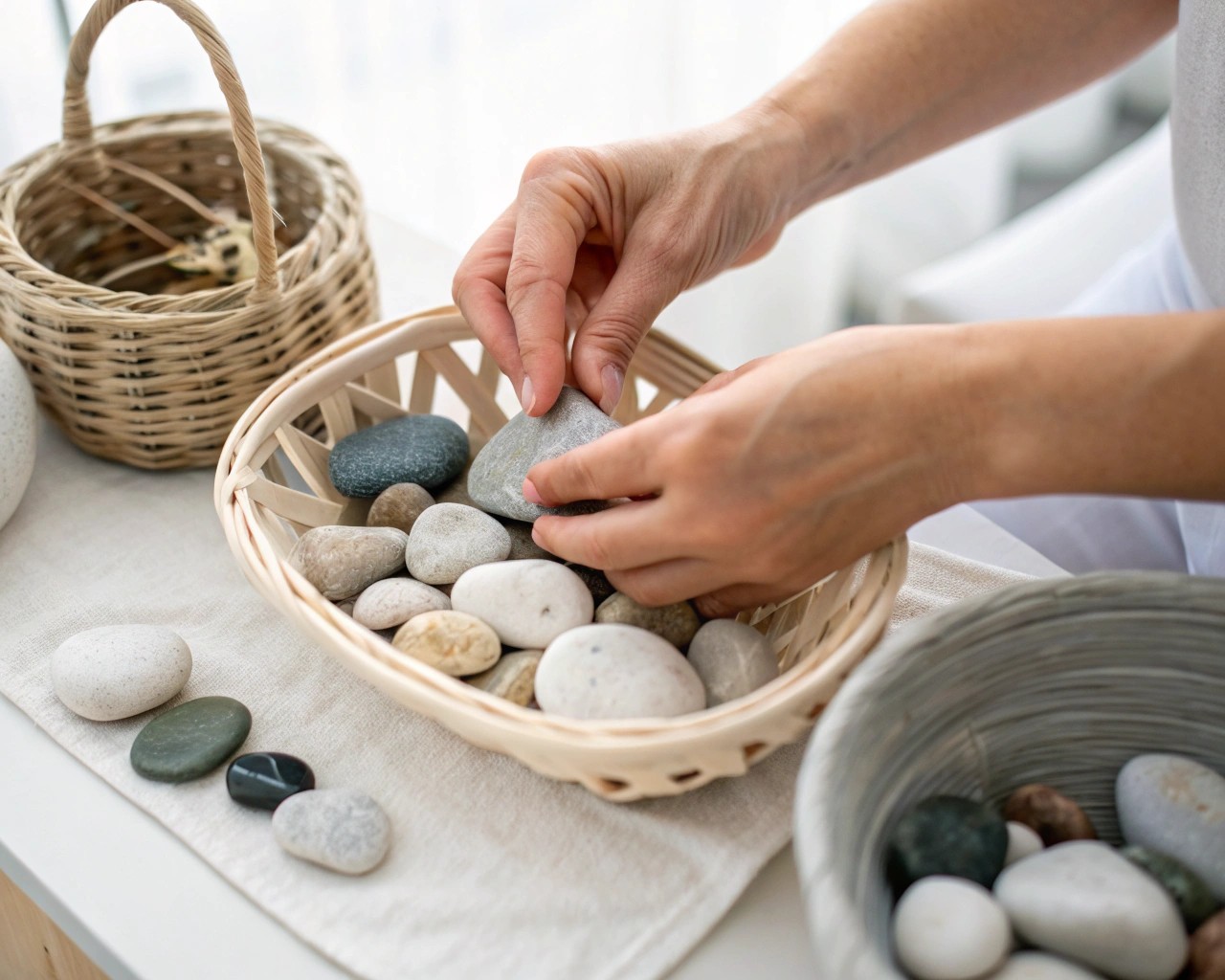
Painted pebbles represent one of the most versatile and accessible crafting projects you can undertake. The beauty lies in their dual functionality—serving as sophisticated table weights during outdoor dining and practical plant markers in your garden. When selecting stones for this project, smooth, flat surfaces work best for paint adhesion and visual appeal. River rocks, beach stones, or purchased landscaping pebbles typically provide the ideal canvas.
The key to success lies in proper preparation and material selection. Acrylic paints remain the gold standard for stone painting, offering excellent coverage, quick drying times, and vibrant color saturation. For outdoor applications, multi-surface acrylic paints provide superior weather resistance and UV protection.
Essential Materials and Tools
Your material selection directly impacts both the appearance and longevity of your painted pebbles. Start with smooth stones measuring 2-4 inches for table weights and 1-2 inches for plant markers. The weight difference ensures table weights provide adequate stability while plant markers remain proportionate to garden plantings.
For painting supplies, gather high-quality acrylic paints in your desired colors, along with various synthetic paintbrushes ranging from flat wash brushes for base coats to fine detail brushes for intricate work. Paint pens offer exceptional precision for lettering and fine details, with oil-based versions providing superior durability for outdoor use.
Outdoor sealers represent the most critical component for longevity. Polyurethane spray sealers create a protective barrier against moisture, UV rays, and temperature fluctuations. Choose between matte finishes for natural appearance or gloss finishes for enhanced vibrancy and easy cleaning.
Step-by-Step Table Weight Creation
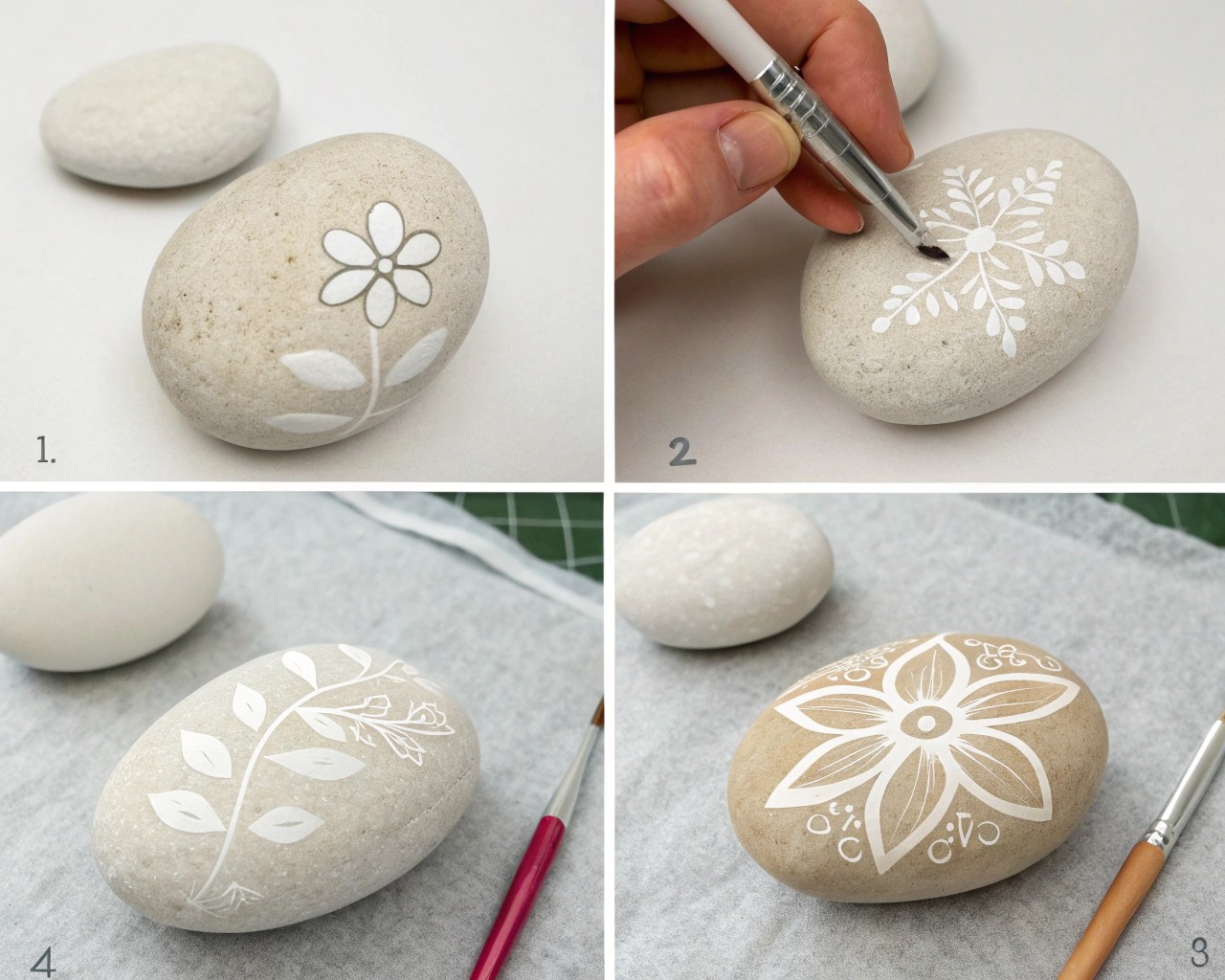
Begin by thoroughly cleaning your selected stones with warm, soapy water to remove dirt, oils, and debris. Allow complete drying before proceeding—any residual moisture will compromise paint adhesion. For stones with rough or porous surfaces, apply a thin primer coat using white acrylic paint mixed with equal parts water and craft glue.
Base Coat Application: Apply your primary color using smooth, even strokes with a flat brush. Maintain consistent thickness and avoid heavy application that creates drips or pooling. Allow 30 minutes drying time between coats, applying a second coat for optimal color saturation and coverage.
Design Development: Create your decorative elements using smaller brushes or paint pens. Geometric patterns work exceptionally well for contemporary settings, while botanical motifs complement garden themes. For beginners, simple dot patterns, stripes, or color blocking provide striking results without requiring advanced technique.
Detail Work: Use fine-tip brushes or paint pens for intricate elements. Contrasting colors create visual interest and define design boundaries. Consider incorporating metallic accents using gold or silver paint pens for added sophistication.
Plant Marker Design Strategies
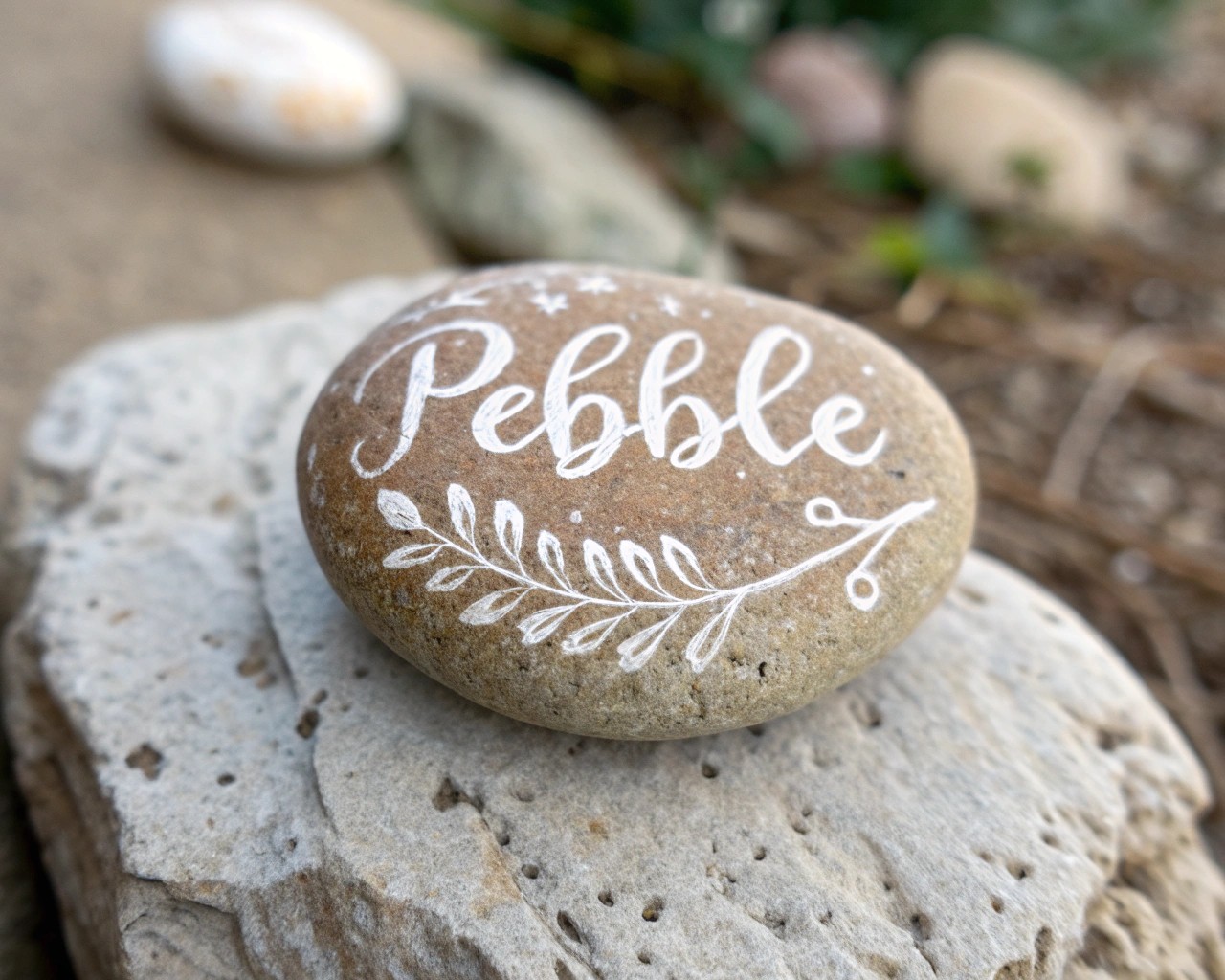
Plant markers require different considerations than table weights, emphasizing functionality over pure aesthetics. The primary goal involves creating readable, weather-resistant labels that enhance garden organization while maintaining visual appeal.
Shape Selection: Choose elongated stones or create pointed shapes by carefully breaking larger stones. Uniform sizing creates cohesive appearance throughout garden beds, while varied sizes can indicate different plant categories or maturity levels.
Text Application: Use oil-based paint pens or fine brushes with outdoor acrylic paint for plant names. Block lettering ensures readability, while contrasting colors improve visibility against soil backgrounds. Consider using stencils for consistent letter sizing across multiple markers.
Color coding systems enhance garden organization. Assign specific colors to plant families—green for herbs, red for tomatoes, blue for flowers—creating instant visual recognition. Alternatively, use seasonal color schemes that complement your garden’s aesthetic throughout growing cycles.
Advanced Decoration Techniques
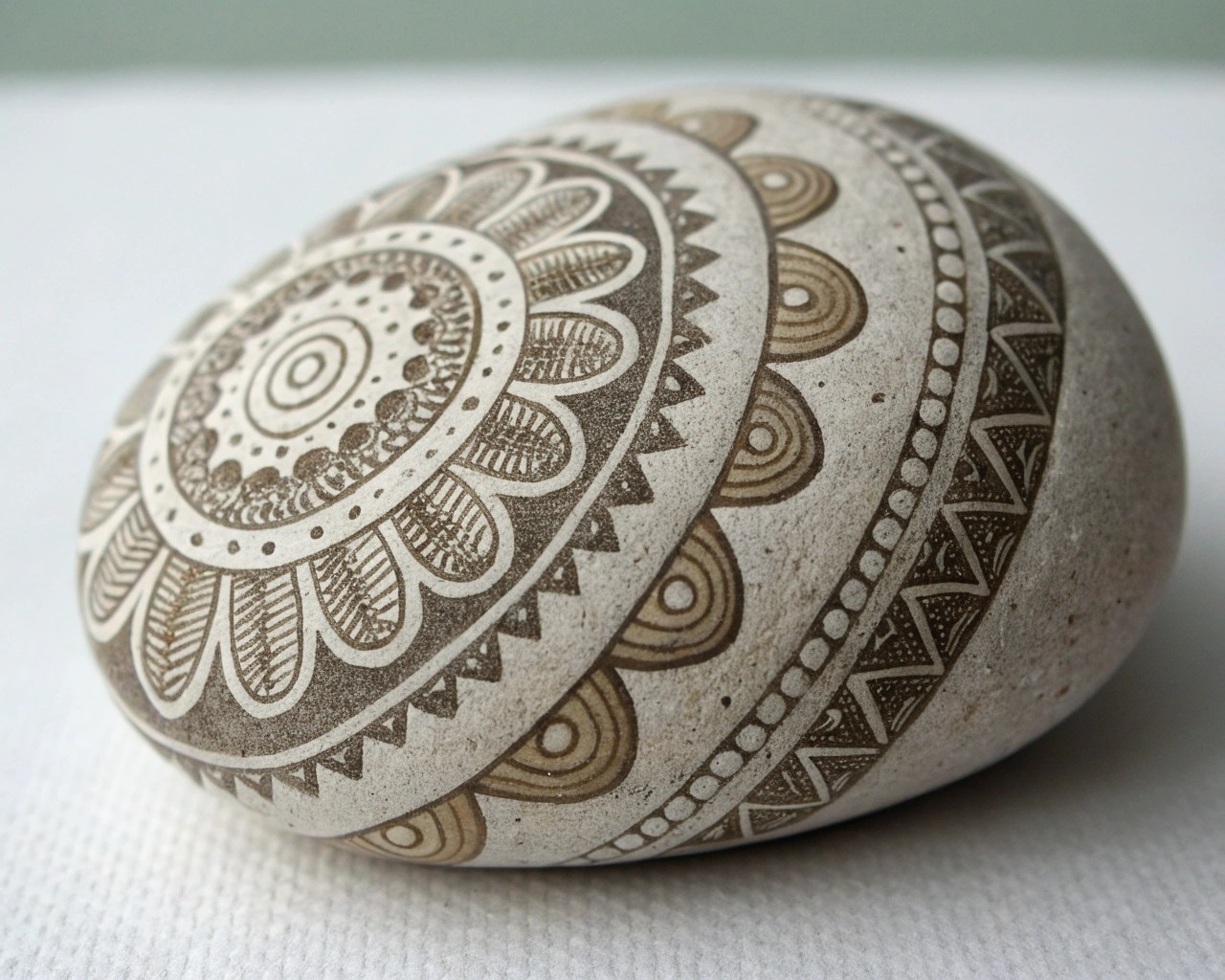
Layering techniques create sophisticated visual depth. Start with base colors, add secondary design elements after complete drying, then incorporate fine details as final touches. This approach prevents color bleeding and maintains crisp design boundaries.
Texture creation adds tactile interest to your painted pebbles. Use sponges for stippled effects, combs for lined textures, or bubble wrap for organic patterns. Apply these techniques while base coats remain slightly tacky for optimal texture retention.
Marbling effects create stunning, organic patterns perfect for table weights. Fill a shallow container with water, drop various paint colors onto the surface, create swirl patterns with toothpicks, then carefully dip your stone to transfer the design. This technique requires practice but produces unique, professional-looking results.
Weatherproofing and Longevity
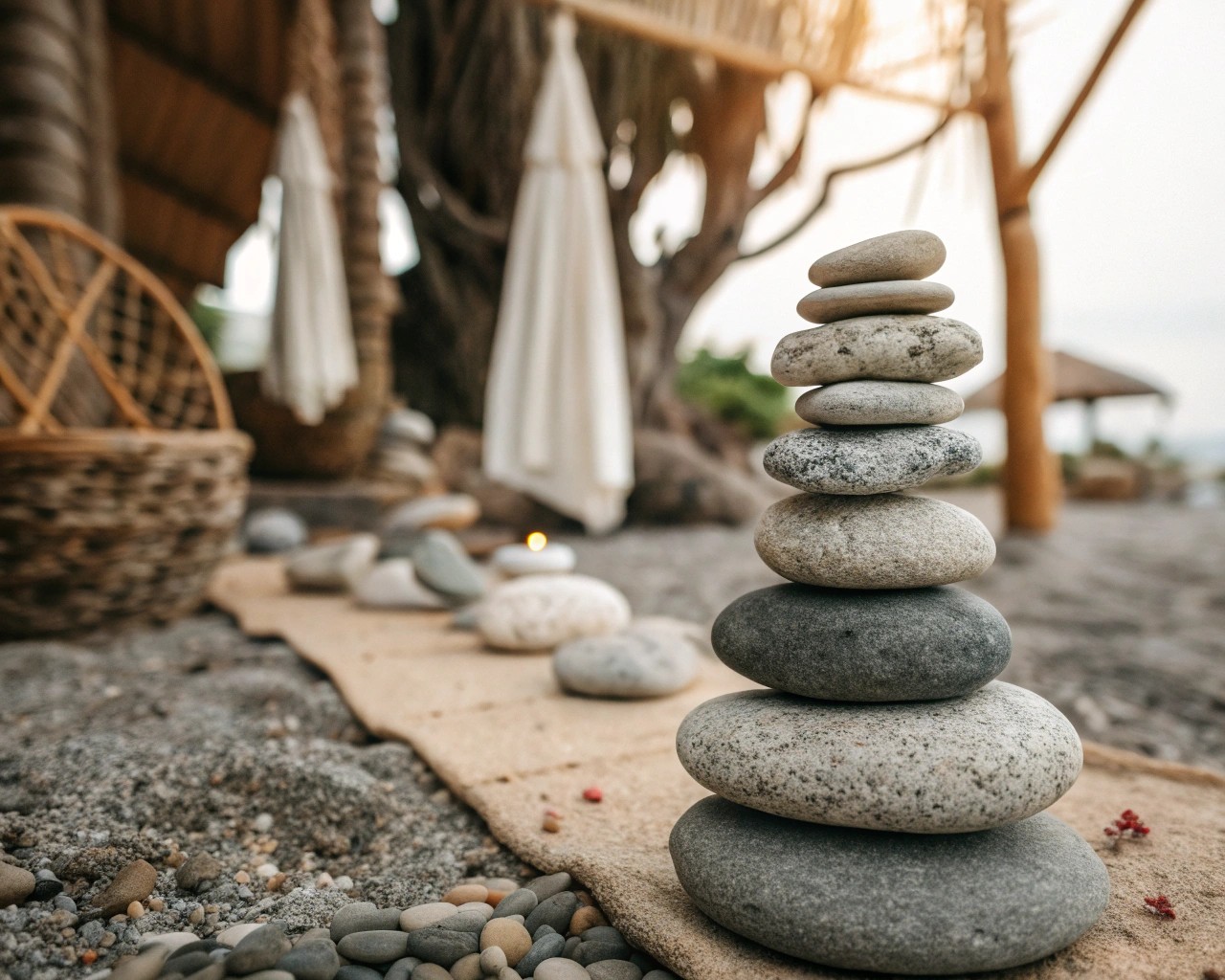
Proper sealing represents the difference between seasonal decorations and permanent installations. Apply three thin coats of outdoor polyurethane sealer, allowing complete drying between applications. This build-up creates superior protection compared to single heavy coats.
Temperature considerations affect sealing success. Apply sealers in moderate temperatures (60-80°F) with low humidity for optimal curing. Avoid sealing in direct sunlight or windy conditions that cause uneven application or premature drying.
For plant markers exposed to soil moisture and frequent watering, consider marine-grade sealers designed for constant water exposure. These products provide superior protection against moisture penetration and soil acidity that can degrade standard sealers over time.
Maintenance and Storage
Regular maintenance extends the life of your painted pebbles significantly. Monthly cleaning with mild soap removes accumulated dirt and organic matter that can harbor moisture and cause paint degradation. Avoid abrasive cleaners that scratch protective coatings.
Seasonal storage of table weights during harsh winter conditions prevents freeze-thaw damage that causes paint cracking and stone splitting. Store in dry, temperature-stable locations with adequate ventilation to prevent moisture accumulation.
Touch-up procedures address minor wear before it becomes extensive damage. Keep matching paint colors and sealers available for quick repairs. Small chips or scratches can be easily corrected with fine brushes and careful color matching.
Design Inspiration and Themes
Seasonal themes keep your painted pebbles relevant throughout the year. Spring designs featuring pastel colors and floral motifs transition to bold summer patterns, then autumn leaves and winter snowflakes. This rotation maintains visual interest while showcasing your creativity.
Coordinated sets create cohesive appearance across different applications. Use consistent color palettes between table weights and plant markers, varying design complexity rather than base colors. This approach unifies your outdoor spaces while maintaining functional distinctions.
Cultural motifs add personal significance to your creations. Mediterranean patterns complement herb gardens, while Asian-inspired designs enhance zen garden spaces. Research traditional patterns and adapt them to your stone surfaces for authentic cultural representation.
Consider functional integration where design elements serve practical purposes. Paint directional arrows on plant markers to indicate optimal sun exposure, or use color gradients on table weights to indicate wind direction patterns in your outdoor dining area.
Through careful material selection, proper technique application, and thoughtful design choices, your painted pebbles will provide years of functional beauty while showcasing your artistic vision throughout your home and garden spaces.

